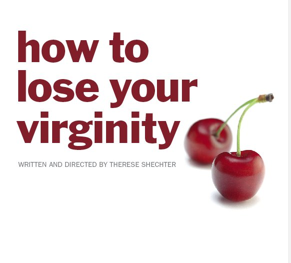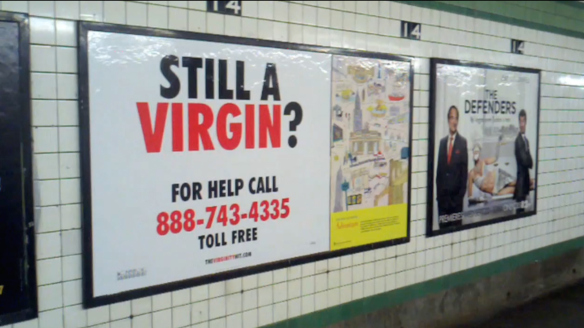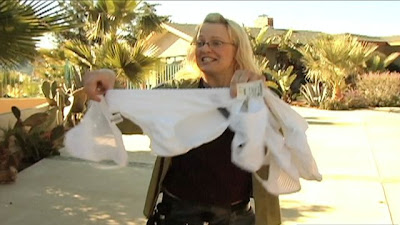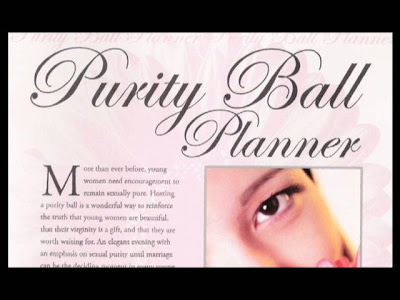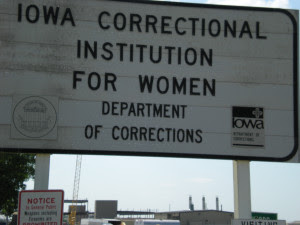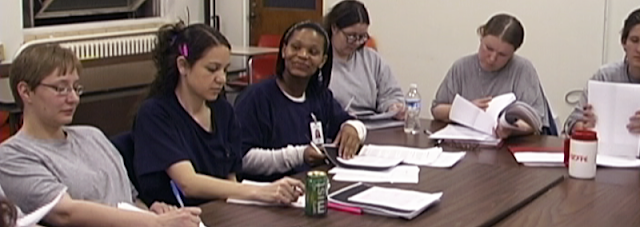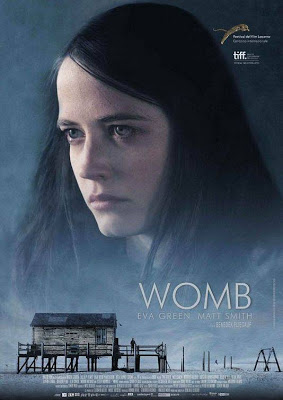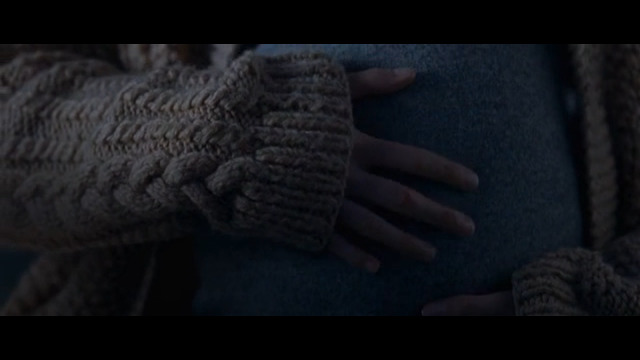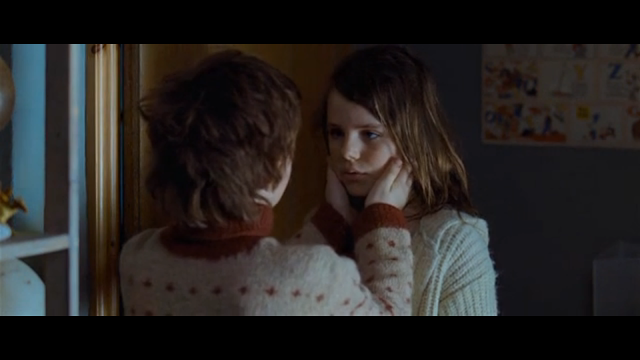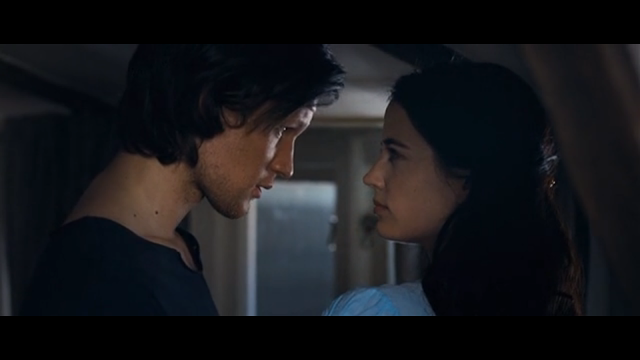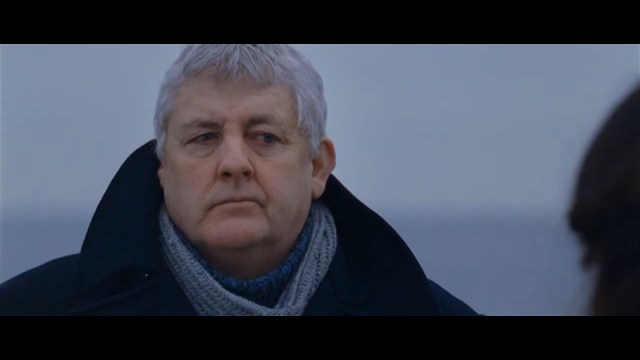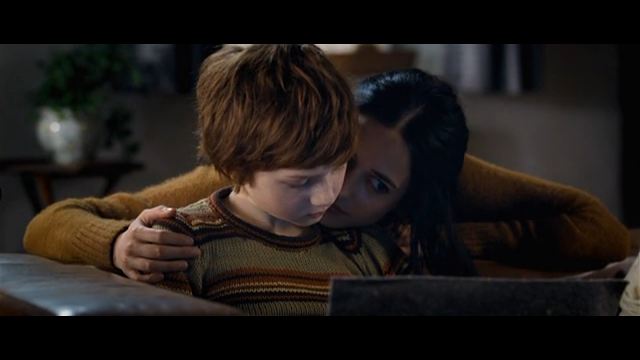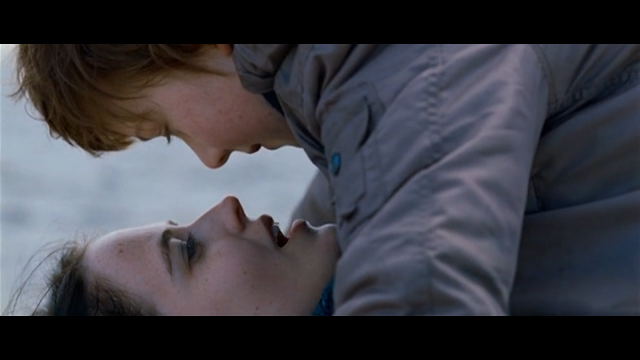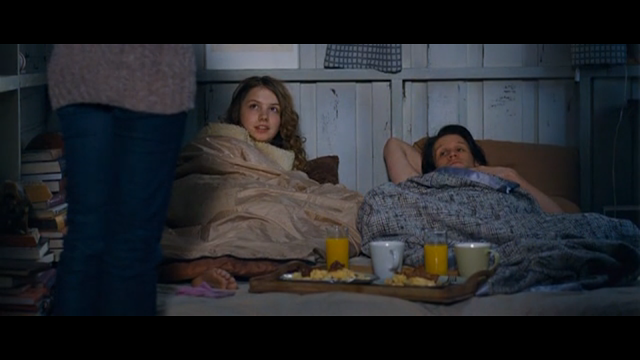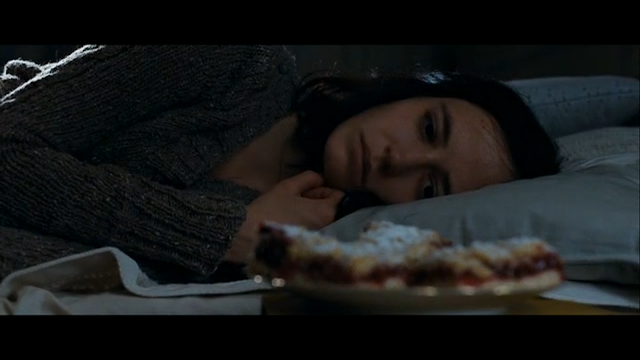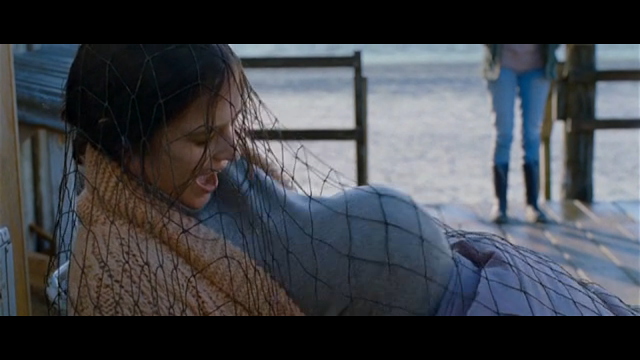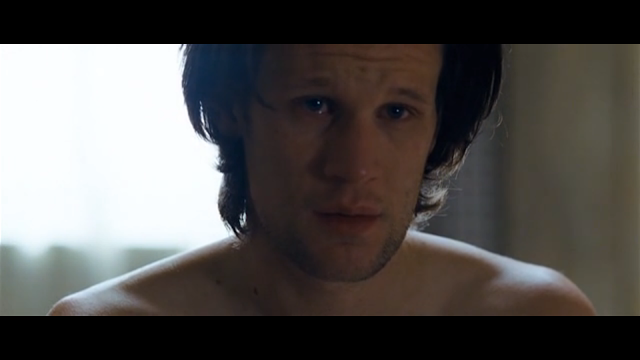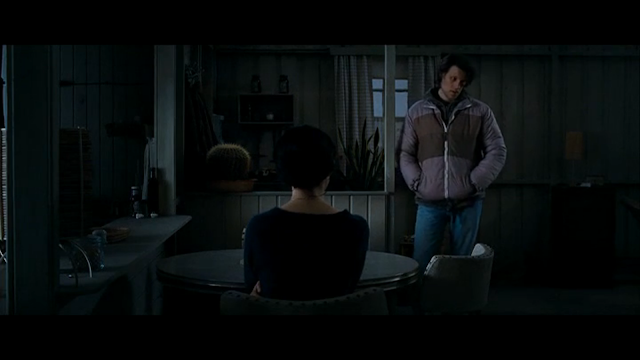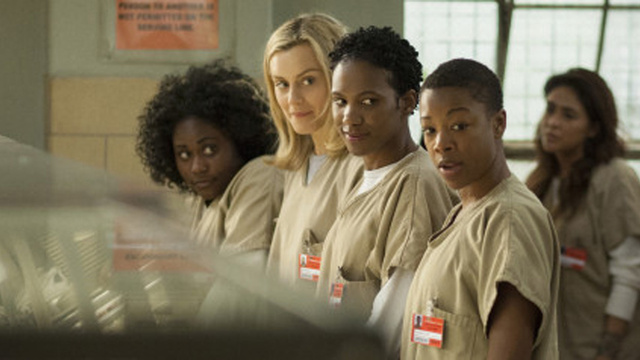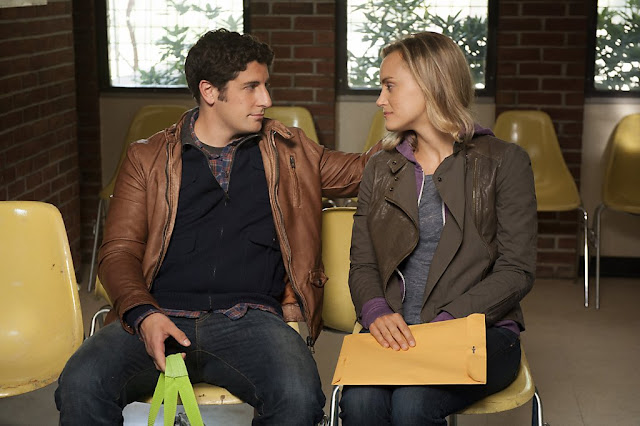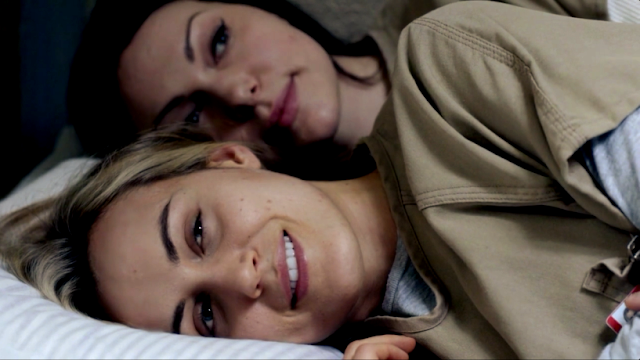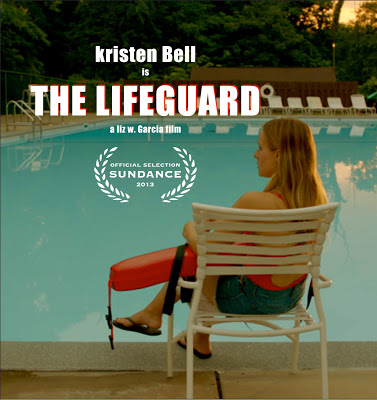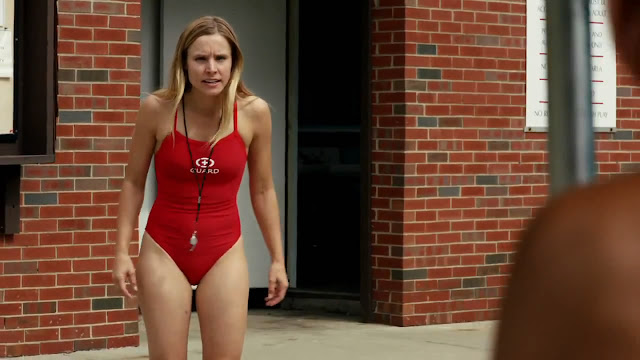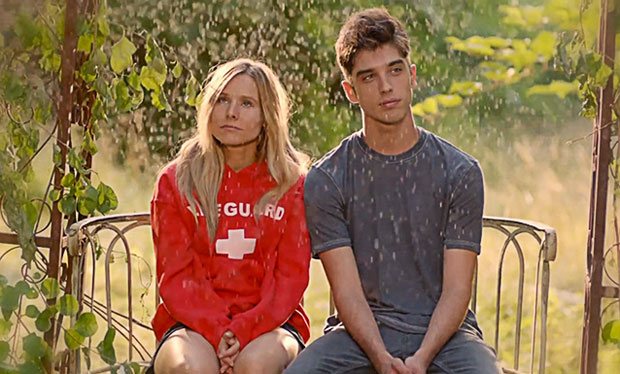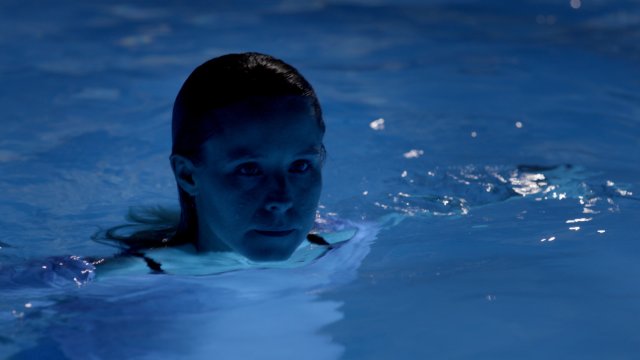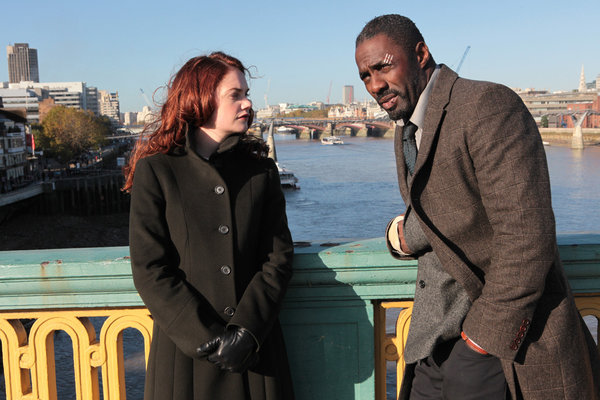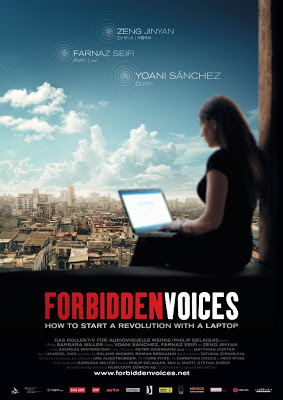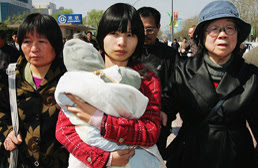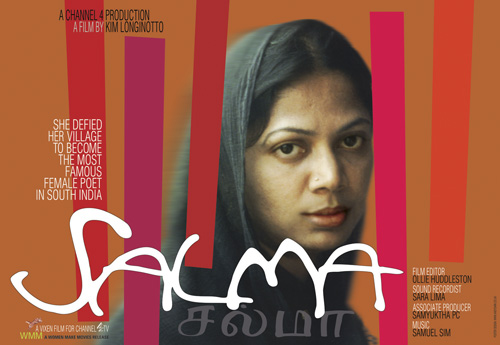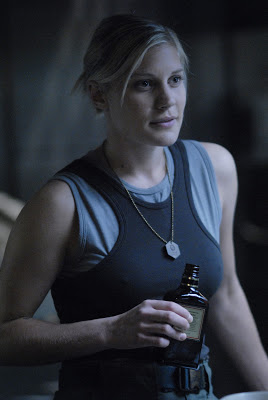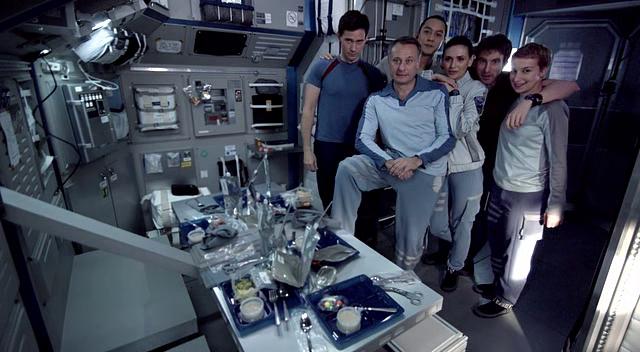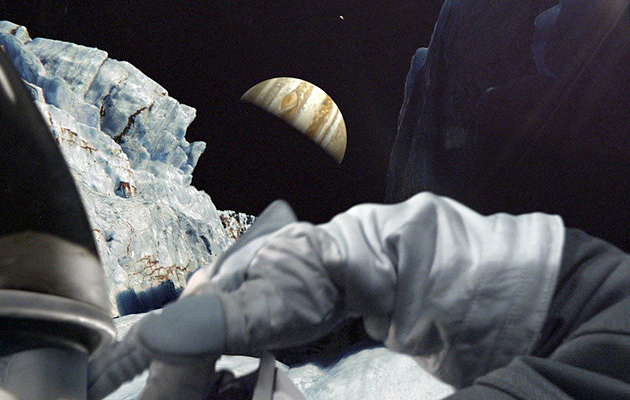As a spin-off from
last week’s discussion about the female characters and the rise of the male anti-hero on TV, I thought that today I would point ten of the most interesting female characters on television within the past ten years (although I’m sure there are many more out there), many of whom are only side characters and might have been passed over.
Note, this is not about the most bad-ass female characters, or even the ones I would consider to be role models (though some are); this is about the most interesting female characters. Just as it can be limiting to find male characters as always the knight in shining armor, or the action hero superstar (hence the darker, more varied male characters on television), I think it can be the same for women since they are often placed into their own boxes.
So here it is, ten female characters that I find unique and fascinating, and unfortunately, often overlooked (please add any more you think of in the comments).
 |
| Katee Sackhoff as Starbuck in Battlestar Galactica |
Starbuck (Katee Sackhoff)
Starbuck was a man in the original
Battlestar Galactica series and Ronald Moore’s decision to revamp the character into a woman for the remake was pretty traumatic; Sackhoff even reported that she had death threats after the casting decision had been made. However, Starbuck quickly became a show favorite and with good reason. Starbuck is one of the most diverse female characters on TV, ever.
She smoked cigars and drank to excess, got into a lot of fights, struggled with commitment, but loved her husband and friends deeply. She was fearless and talented as a pilot, but conversely sensitive to music and painting because of her relationship with her absent father.
Moore gave her a pretty intense back story as well, showing the physical and mental abuse that her mother submitted her to as a child, and her struggles with pain, having children, and the intense developments her character was subjected to.
 |
| Robin Weigert as Calamity Jane and Kim Dickens as Joanie Stubbs in Deadwood |
Calamity Jane (Robin Weigert) and Joanie Stubbs (Kim Dickens)
Deadwood has a few strong and interesting women, but Calamity Jane and Joanie Stubbs and their relationship have often been overlooked.
Robin Weigert was masterful as the blustering, loyal, drunk Calamity Jane, managing to display both bravado and a deep frailty. Weigert consistently portrayed Jane’s insecurities and sadness, effectively showing her as a sensitive and lonely outcast.
Joanie Stubbs (Kim Dickens) was an elegant whore who has spent her whole life under the physical and sexual control of men, first her father, then her unstable and dangerous boss, Cy Tolliver. But Joanie’s search for freedom and escape from her past life became very painful and difficult to survive and understand her own place in the Deadwood camp.
The fact that the two women, both on the fringes of acceptable society, both damaged and distraught, find each other and develop a strong friendship (with it growing into a possible romantic one) was a beautiful subplot for the show.
 |
| Julia Louis-Dreyfuss as Selina Meyer in Veep |
Selina Meyer (Julia Louis-Dreyfuss)
Selina Meyer (Julia Louis Dreyfuss) from HBO’s
Veep is intensely unlikable, and I love that. She’s selfish and oblivious, whiny and incompetent (the perfect politician) and treats her employees and staff horribly.
But there is something very important about such unrelatable and unlikable characters–not all women in the world are pleasant, but despite her flaws, Selina is a deeply human character in a competitive world.
 |
| Yunjin Kim as Sun Kwon in Lost |
Sun Kwon (Yunjin Kim)
Sun, at least in the beginning of Lost, seemed to be a minor character, one whose sad smile and soft voice suggested a submissive and lackluster personality being pushed around by her husband. Of course, that wasn’t the case, and it became apparent through later episodes that she was a strong, intelligent, forceful character, willing to do what was needed in order to survive.
Sun’s character and backstory provided a fabulous look into how humans change, seeing her first as the sweet, naïve bride, then the angry, bitter woman desperate for her freedom, and finally as a strong survivor in later seasons.
 |
| Maggie Siff as Tara Knowles in Sons of Anarchy |
Tara Knowles (Maggie Siff)
Gemma, the great matriarch of the
Sons of Anarchy clan, often gets most of the attention, and she is an amazing character: strong, fierce, and dangerous. But I also find Tara, Jax’s wife, to be complicated and
compelling character. As opposed to Gemma, whose whole life has been the motorcycle club, Tara is a respected young surgeon attempting to raise her children in a normalized environment.
But then she changes and starts to exhibit a darker side, a change that heralds in her own deep conflicts with her healing career but destructive personal life. In season five she takes a wrench to another woman for possibly endangering her husband; a few episodes later she’s performing delicate surgery on an infant.
 |
| Liza Weil as Paris Geller in Gilmore Girls |
Paris Geller (Liza Weil)
Gilmore Girls is sometimes dismissed as being light entertainment, an opinion that does a disservice to a snappy show with amazing dialogue and clever, quirky characters.
One of these characters being of course, the hyper-intelligent, aggressive, irrepressible, intense Paris Geller. Originally, Paris was only intended for a few episodes in the first season, but quickly grew into a main character because of the unique perspective that her personality offered to the show.
Paris’ character, that of an elitist academic loaded with money, quick temper, and fast-talking, clever comebacks, can’t really be found in any other show. She was a mashup of brilliance and so many neuroses and problems that it’s almost overwhelming, but also funny and sad.
The truth is, women like her, passionate, intense and bossy, are often completely hated and overly stereotyped, whereas Gilmore Girls managed to present her as a lovable and competent women, albeit with a few idiosyncrasies.
 |
| Rutina Wesley as Tara Thornton in True Blood |
Tara Thornton (Rutina Wesley)
Sookie gets all the attention in
True Blood, both on- and off-screen. Which is a shame, because Tara Thornton, Sookie’s best friend from childhood is an angsty, wisecracking southern girl who always took the show to the next level.
Intelligent and well-read, but dealing with her mother’s alcoholism (and intense religiosity) and poverty, makes Tara full of emotional issues and anger, but also passionately loyal. Tara is astute and honest and not afraid to tell other characters when they’re being stupid. The world probably needs a lot more people like her.
 |
| Natalie Dormer as Margaery Tyrell in Game of Thrones |
Margaery Tyrell (Natalie Dormer)
The rich world of
Game of Thrones has several noteworthy women–so many in fact, that some of the minor, but equally interesting female characters, can get passed over. For example, Margaery Tyrell (most prominent in the third and last season) is actually far more dynamic in the TV show than in the books, and much more unique.
Margaery is an incredible politician; she’s manipulative, cold, ambitious, charismatic and astute. I love how each action is carefully planned out, revealing a methodical and calculating nature, one that is far more dangerous than Cersei (I think) because of her ability to control her temper.
I love a good ambitious character; powerful women who aren’t afraid to get their hands dirty fascinate me. In fact, I would argue that Margaery Tyrell is a born leader, one with an innate understanding of politics and power.
Vote for Margaery?
 |
| January Jones as Bretty Francis Draper in Mad Men |
Betty Francis Draper (January Jones)
Mad Men’s women are incredibly varied, from sexy, confident Joan, to naïve, talented Peggy, but often pushed to the side is Don’s beautiful and bitter ex-wife.
Mad Men’s portrayal of her obvious loneliness, and her (deserving) anger over Don’s behavior is incredibly sad, but also poignant.
Rather than sugarcoating her character and painting her as a distressed angel, Betty builds upon the difficulties that pushed her way, and her flawed decisions are thrown in with attempts to pull her life together.
Sometimes redemption is hard; so is pulling yourself out of cycles of pain and resentment. Betty is therefore complex and interesting, incredibly frail and static, but also unbending and aggressive in her life choices.
 |
| Nicolette Sheridan as Edit Britt in Desperate Housewives |
Edie Britt (Nicolette Sheridan)
Desperate Housewives‘ Edie is probably no one’s role model, and at first she seems like the perfect stereotype of a wealthy, self-absorbed, boy-crazy blonde. She sleeps with everyone, has multiple affairs, and has no qualms about manipulating people.
However, she was also hilarious, clever, and often incredibly honest and realistic. She made no bones about who she was or her actions, and more than once was the voice of reason.
And sometimes, there’s nothing wrong with being a little selfish.
Rachel Redfern has an MA in English literature, where she conducted research on modern American literature and film and its intersection; however, she spends most of her time watching HBO shows, traveling, and blogging and reading about feminism.
 Erika McGrath is currently developing her first feature length picture and is in production for her short film Half Life, which was successfully crowd funded on Seed&Spark this summer. When not making movies, she is also an active dog lover, motorcycle rider and pie enthusiast. Born and raised in Ohio, McGrath now resides in New York City.
Erika McGrath is currently developing her first feature length picture and is in production for her short film Half Life, which was successfully crowd funded on Seed&Spark this summer. When not making movies, she is also an active dog lover, motorcycle rider and pie enthusiast. Born and raised in Ohio, McGrath now resides in New York City.



